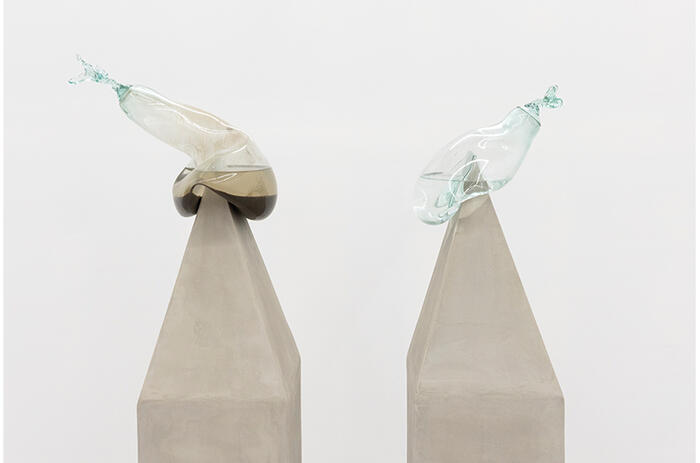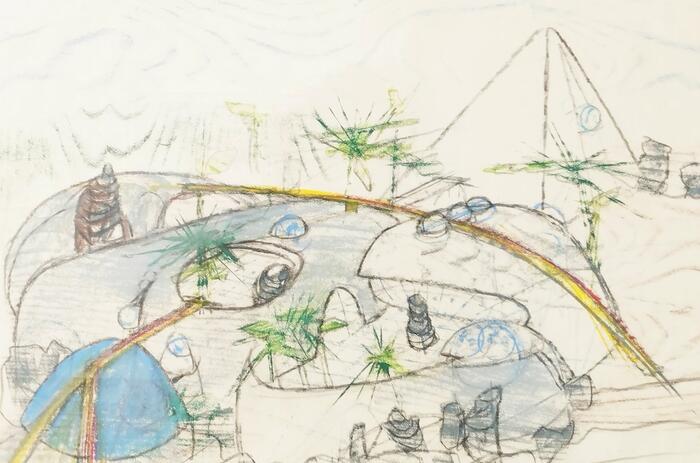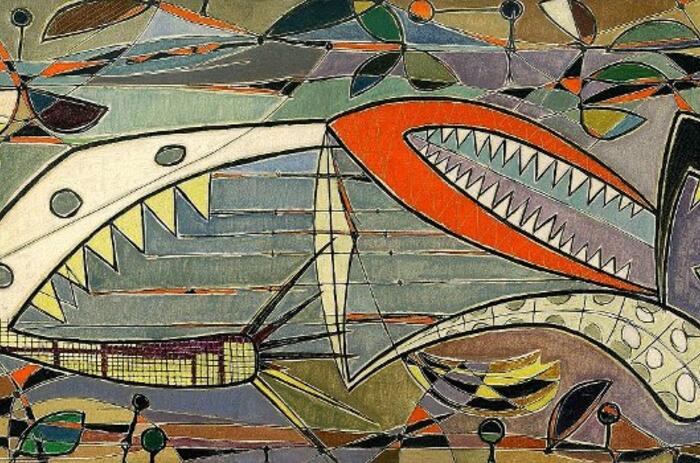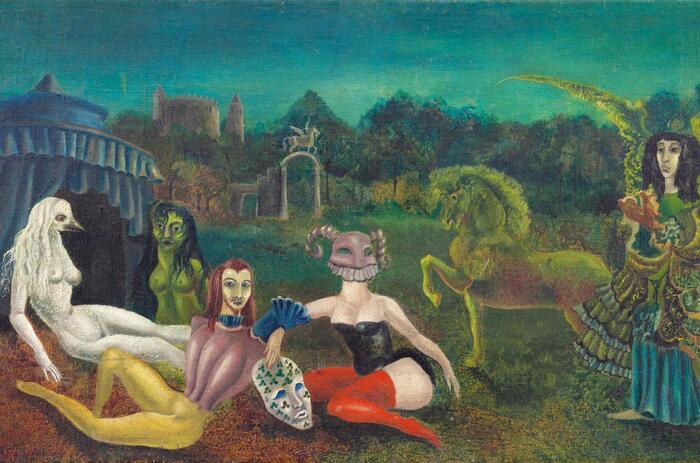PICASSO IN THE MUSEUM OF FINE ART’S PATRIMONY
The exhibition presents more than thirty works by the Spanish artist preserved in the institutional collection, commemorating the 50th anniversary of his death.
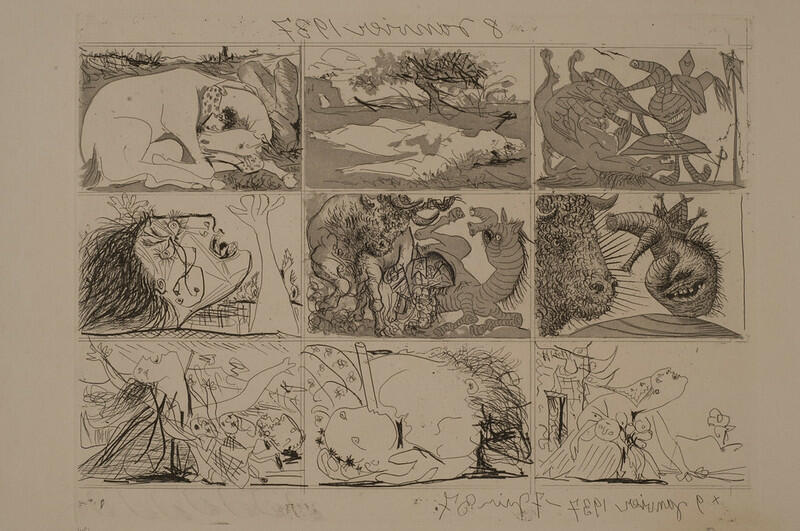
The Museum of Fine Arts joins the world-wide exhibitions commemorating the anniversary of the death of the artist Pablo Picasso, with the show Picasso in the Museum's patrimony, which gathers more than 30 papers and ceramics of his authorship that are part of the collection.
The exhibition, curated by Paola Melgarejo, a researcher at the Museum, covers typical themes of the artist, based on the various techniques he used. "Throughout his life, between 1899 and 1972, Picasso sought to master engraving in different media, such as aquatint, etching, drypoint, linocut and lithography, until he became a true reference," explains the curator. "Since the 1940s -she adds-, he also specialized in ceramics, which he considered a consecrated artistic technique, and for thirty years he experimented with different solutions in shapes and colors, representing on clay the themes he was passionate about".
The works on display, dating from 1905-1959, include engravings, drawings and ceramics made since his youth, among which there are portraits of the important women in his life or scenes in his atelier, and also pieces that show his interest in the political situation between the wars and the representation of fantastic animals, with which he identified himself and which today are universally recognizable Picassian symbols.
The exhibition is organized into five thematic nuclei. The first one, "From figuration to cubism", shows his first engravings in drypoint and etching, made at the beginning of the 20th century, a period in which he became acquainted with these techniques that fascinated him and with which he printed harlequins and circus characters in his everyday moments, including naked women in bathing scenes. "In the atelier. The artist and his model" is the second axis and brings together works where the artist and women close to him are represented, such as his young lover Marie-Thérèse Walter, who posed for paintings and engravings on this theme in the 1920s and 1930s. "Femmes. Portraits of Women" identifies the third set of works exhibited: they are images of some of the women who marked his life and are reiterated in stages, forming part of his experimental searches around figuration and cubism. The fourth nucleus, "Towards Guernica. Art and political commitment", brings together the series of engravings that, in 1937, in the midst of the Spanish Civil War, the Republican government commissioned Picasso to produce for the country's pavilion at the International Exposition in Paris, together with a mural, "Guernica". The fifth and last exhibition axis is "Metamorphosis. Between the animal and the human: fauns, centaurs, bulls and horses" and presents scenes of bullfighting, a spectacle that fascinated him since his childhood, in the series "Bullfight", consisting of eight red earthenware plates made in 1959 at the Madoura Factory.
-
Sueño y mentira de Franco, 1937. Pablo Picasso.
-
Figura compuesta I [Figure Composée I], 1949. Pablo Picasso.
-
Naturaleza muerta con frutero [Nature morte compotier], 1909. Pablo Picasso.
-
Corrida de toros, 1959. Pablo Picasso.
-
Portrait de femme II. Pablo Picasso. 1955.
-
Femme nue de dos. Picasso, Pablo.
-
Pintor delante de su cuadro, 1927. Pablo Picasso.
-
Caballo, Historia Natural de Buffon [Buffon: Histoire naturelle de Martín Fabiani], 1936. Pablo Picasso.

